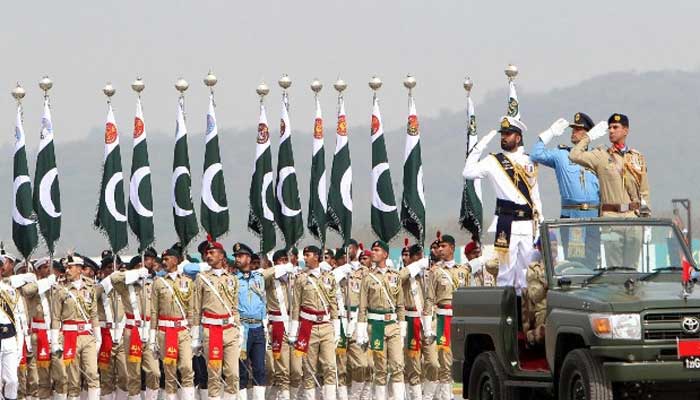
Myth number 1: Article 243 is equivalent to “army government.” Fact: The military is the largest service in Pakistan’s threat environment. That’s geography, not conspiracy. Yes, the battlefield is dominated by land: India-centric ground threats, Western CT (counter-terrorism) operations, and internal security. The “army dominance” argument confuses size with intent. Undoubtedly, unified command is not a unitary property.
Myth number 2: The CDF (Chief of Defense Forces) model equals “uniformed supremacy.” Fact: The CDF model is the global standard for coherent command, as modern warfare rewards unity of command, not committees.
The United Kingdom has a chief of defense staff. France integrates the command through CEMA (Chef d’Etat-Major des Armees). The chairman of the United States Joint Chiefs of Staff is the top military advisor. None is a dictatorship. They are democracies that optimize the speed of the battlefield.
Myth number 3: A military-based CDF would control transfers, postings and promotions in the air force and navy, creating resentment and affecting morale. Fact: The amendment does not rewrite service promotion boards, career pyramids, or internal chains of command. Place operational coordination in one node, not air force or navy human resource control.
Myth number 4: Article 243 is “person-specific.” Fact: Armies do not rewrite orders to praise a general. Nations rewrite command as the spectrum of threats accelerates beyond bureaucratic layers.
Attributing structural military reform to a single individual is analytically weak and historically superficial. Command reform requires years of planning, cross-service study and threat modeling.
Myth number 5: Constitutional integration equals “rigidity.” Reality: Constitutional integration is stability, not rigidity. The defense command should not change every election cycle, ministry or crisis. When a State focuses on a command structure, it indicates continuity to allies and improvement to rivals.
Myth Number 6: Ending CJCSC means ending the union. Fact: Ending the CJCSC means ending duplication, not amalgamation. The truth is that the CJCSC has never commanded troops or war plans. Bonding occurs through integrated planning and unified command, not through an unused title. Eliminating redundancy sharpens joint operations.
Myth number 7: Article 243 reduces civilian oversight. Fact: Civilian control remains where it always was: with the prime minister. Article 243 (as amended) changes internal military wiring, not democratic oversight. Speed in battle does not eliminate civilian supremacy. Article 243 changes how the military fights, not to whom they answer. Improved command does not mean decreased supervision.
In short, Article 243 is not about “who governs the army”; it’s about “how wars are run” in an age when missiles, drones and cyberattacks move faster than committees can muster.
Article 243 is not a question of power; It’s a question of speed. Modern wars are won by clarity of command, not committee consensus.
The writer is a columnist based in Islamabad. He posts at @saleemfarrukh and can be reached at: [email protected]
Disclaimer: The views expressed in this article are those of the writer and do not necessarily reflect the editorial policy of PakGazette.tv.
Originally published in The News



